Zoning and land use got the red carpet treatment this week with the world premiere of “Emergent City,” a new documentary chronicling the heated battle over the future of the 35-acre industrial complex on the Brooklyn waterfront known today as Industry City.
Many who showed up Tuesday night for the sold-out premiere at the Tribeca Film Festival had lived through the battle themselves as members of the community where Industry City is located: Sunset Park, home to an estimated 129,000 residents, of whom 41% are Hispanic, 25% Asian, 28% white and 2.4 % Black.
There was Marcela Mitaynes, a tenant organizer for most of the film who was elected in 2021 as the state assembly member representing the neighborhood.
There was Elizabeth Yeampierre, executive director of UPROSE, a nonprofit based in Sunset Park, and one of the leaders of the environmental justice movement at the state and national levels.
And there was even Carlos Menchaca, who was at the center of the Industry City saga as the local council member representing the neighborhood during the bulk of the period covered by the film.
Directed by Kelly Anderson and Jay Arthur Sterrenberg, Emergent City has been more than a decade in the making. Anderson, who has directed or produced multiple award-winning documentaries and chairs the film studies department at City University of New York’s Hunter College, has lived in Sunset Park for the past 14 years.
“When I started going down to Industry City and seeing what was happening there and started attending conversations about it, I saw work that was worth lifting up,” Anderson said during a brief panel discussion following the premiere, held at New York’s Village East theater. “Not just the anti-gentrification work, but environmental justice work going back to the 1990s.”
The saga begins in 2013 with the acquisition of the Industry City site by a consortium of deep-pocketed developers. Around that time, Sterrenberg and his fellow worker-owners at the MeerKat Media Collective, based in Sunset Park, started following around residents and elected officials in the neighborhood. Over the subsequent decade, MeerKat film crews captured residents and elected officials frequently coming to blows with Industry City’s developers, and sometimes with each other.
At the crux of those discussions were zoning changes that Industry City’s developers argued were necessary to clear the way for their vision, using entirely private capital to finance the adaptive reuse of the massive, aging, hitherto under-utilized industrial complex. It’s a vision that hinged on bringing in more retail, office tenants and even a hotel, all of which generate much higher rental income compared to industrial uses.
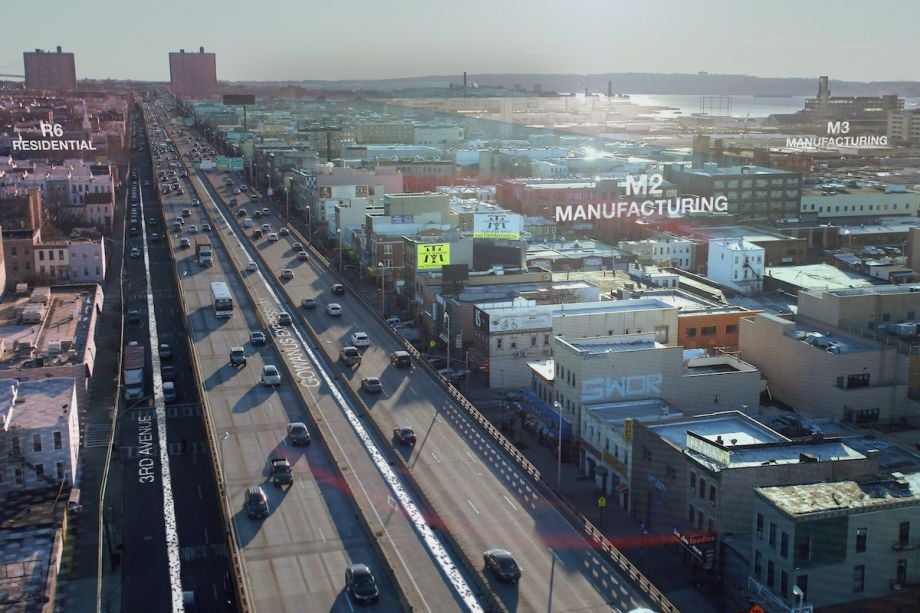
A still from “Emergent City” shows an aerial view of Sunset Park’s industrial waterfront with graphic overlay highlighting zoning. (Eric Phillips-Horst / Emergent City)
The lead developer in the consortium is Jamestown Properties, whose other flagship projects include Manhattan’s Chelsea Market and Atlanta’s Ponce City Market, both of which were adaptive reuse projects featuring conversions of former ground-level industrial spaces into high-end retail spaces.
Mitaynes, Yeampierre and others featured in the film came to lead the Sunset Park community members who opposed those zoning changes. In their view, Industry City and its vision were already a key driver of displacement in their neighborhood. Local landlords were already increasing rents beyond what existing residents and small businesses could afford in order to capitalize on the hype that Industry City was bringing to Sunset Park as a destination for high-end retail, leisure and office space. They argued a rezoning would only throw gasoline on that fire. Nearly 70% of Sunset Park households are renters, which is on par with New York City overall.
Community members also came forth with their own alternative vision for the Industry City site, relying on using zoning instead to preserve the complex for primarily industrial use, foreseeing its potential to provide space for the growing solar and wind energy industries. Yeampierre’s UPROSE has spent years advocating for this vision and pushing elected officials to line up local, state and federal dollars in support of it.
“The overarching question of what do you do with these massive industrial sites is one that so many communities across the country are facing today,” says economic development professional Armando Moritz-Chapelliquen, who served as an advisor to the filmmakers and worked in New York City during most of the period covered by the film. “It’s a much more sophisticated ecosystem in New York, but it’s still a story that so many other communities need to hear about.”
While the discussions often reached a boiling point, the film also captures quieter moments where community members are talking through the finer details of zoning and land use policy as the developer’s proposal makes its way through the city’s land use application process. Though there are some particularities shown that are unique to New York, there’s plenty that will be familiar to those in other cities — like the role of the city council member.
In New York, as in many cities, there’s an unwritten rule that the city council follows the lead of whichever member represents the district where the site of a land use application is located. With few exceptions, whichever way that council member votes to approve or deny an application, the rest of the council votes with them. During the Industry City saga, that heavy responsibility fell to former city council member Menchaca. Spoiler alert: Menchaca ultimately sided with opponents of the Industry City vision, forcing the developer consortium to withdraw their application at the last minute.
He has since left office after reaching his term limit and moved to his hometown of El Paso, but he was present for the Emergent City premiere.
Menchaca told Next City he felt “exhausted, frustrated and proud” to see the Industry City saga documented on the big screen.
Fast forward to this past Monday. Mitaynes and Yeampierre celebrated the groundbreaking of a new operations and maintenance hub for offshore wind located at the shipping terminal abutting Industry City, representing a major step forward in the alternative vision for the whole area that UPROSE has been supporting for decades.
Although the community organizers won this particular zoning battle, the film also shows how the war for the future rages on. Andrew Kimball spends most of the film as Industry City’s CEO, essentially the face of the developer consortium. By the end, he is appointed CEO of the New York City Economic Development Corporation. Kimball did not attend the Emergent City premiere, but ironically, he was present in his new capacity for the offshore wind hub groundbreaking on Monday. Meanwhile, Eric Adams, who makes an appearance in the film as the Brooklyn Borough President who supported the Industry City rezoning proposal, became mayor – and appointed Kimball to his new position.
“The system is fucked,” Menchaca said after the premiere. “We’ve got to change the system.”

Oscar is Next City's senior economic justice correspondent. He previously served as Next City’s editor from 2018-2019, and was a Next City Equitable Cities Fellow from 2015-2016. Since 2011, Oscar has covered community development finance, community banking, impact investing, economic development, housing and more for media outlets such as Shelterforce, B Magazine, Impact Alpha and Fast Company.
Follow Oscar .(JavaScript must be enabled to view this email address)

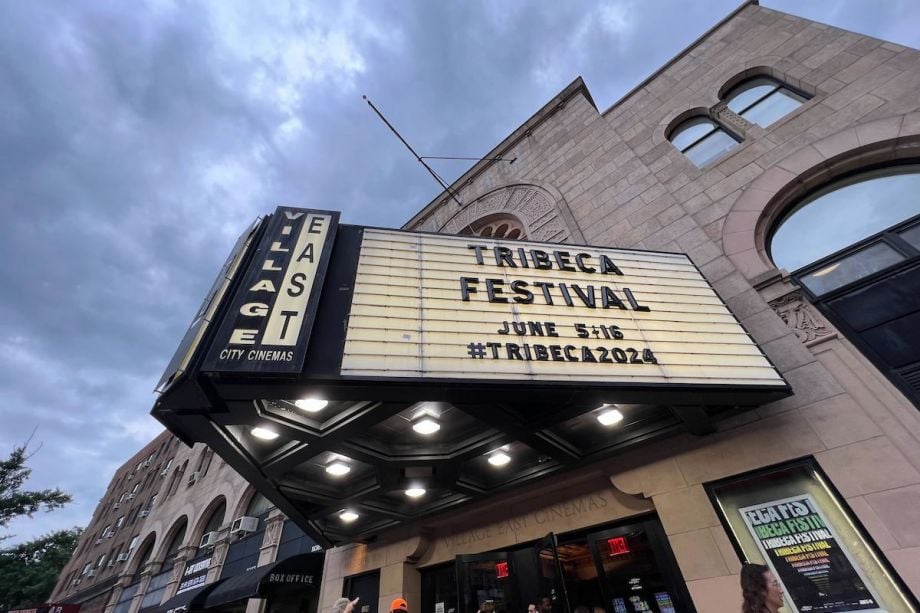


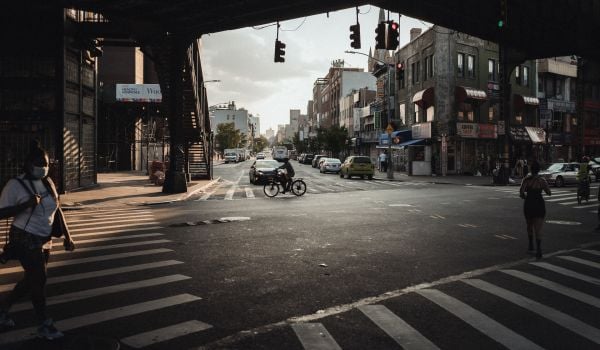
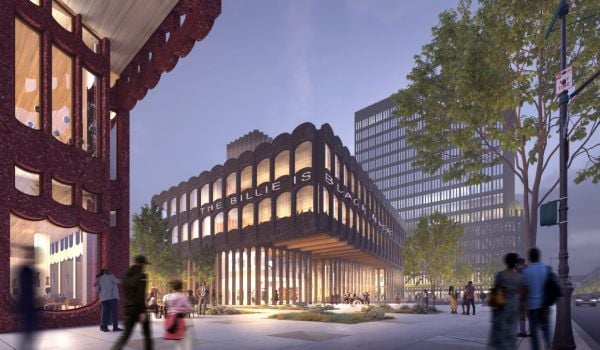


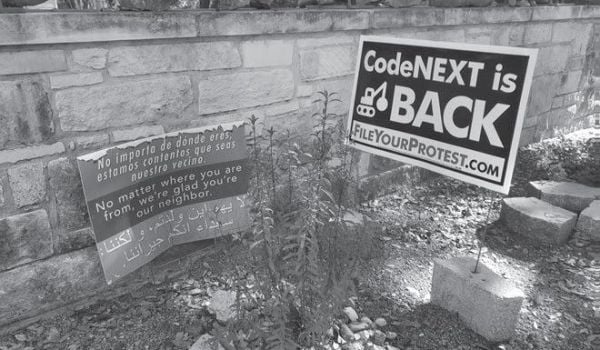








Add to the Discussion
Next City sustaining members can comment on our stories. Keep the discussion going! Join our community of engaged members by donating today.
Already a sustaining member? Login here.